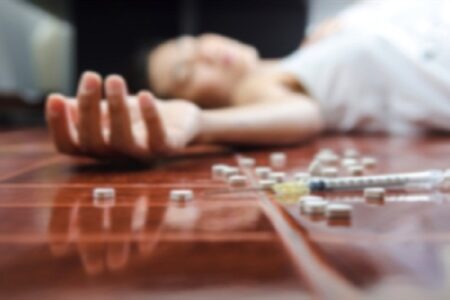Healthy Smiles for Your Child at Halloween
Halloween is almost here, and that means candy and lots of it! We all know that candy can cause cavities, but trick or treating doesn’t have to be a scary time for your teeth. Cavities can be prevented with a few simple tips
There are many factors involved in tooth decay, but the most important risk factors are how often sugars and starches are eaten (frequency), and how long they stay on the teeth (stickiness).
The bacteria in your mouth love sugar as much as your kids do! Every time your child eats starches and sugary foods or drinks, the sugars mix with the bacteria in dental plaque to create an acid that attacks the teeth.
The longer and more often the sugar touches the teeth, the more damage it can do to the tooth. Each nibble or sip of a sugary food or drink produces a 20 minute “acid attack”. If dental plaque isn’t removed every day by brushing and flossing, over time the enamel breaks down and a cavity forms.
The heavy consumption of sugary sweets is why the risk of cavities increases so much around holidays with candy-centered themes!
Consider the following tips to enjoy Halloween and keep a healthy smile this season.
- Have a game plan: Before you leave the house take a minute to talk to your kids about the evening and to discuss expectations. How long will you spend trick-or-treating? How much candy will be eaten when getting home? Will there be an amount of treats per day limit?
- Use a small bag: One solution to eliminate waste and to reduce the amount of candy coming home is to use a smaller trick-or-treat bag to start.
- Switch Witch or candy buy back: Another idea is a mid-November visit from the “Switch Witch” who swaps remaining candy for something like a small toy or passes to a movie! You could also offer to buy some of the candy back. By offering a few cents per piece you can get the candy out of their hands and give them some extra spending money.
- Eat a healthy meal: Healthy meals and snacks should always come before candy and treats. Have a good dinner before the big night so you and your kids will have energy for a night of fun. A satisfied stomach will indulge in fewer sweets. If your children do want to snack when they get back make sure they understand it’s Halloween and after that it is time to get responsible about snacking and their teeth!
- Scheduled meals and snacks: It will be tempting for children to dip into Halloween treats on a regular basis. To resist constant snacking, it is best to limit snacking to particular times. Having scheduled snacks and mealtimes reduces the amount of “acid attacks” on the teeth, reducing the risk of decay.
- Restrict treats to mealtime: Saliva levels are higher at mealtime. Saliva helps to remove plaque and to neutralize the acid that causes tooth decay.
- Chose candy carefully: Sticky candy, including toffee and gummy bears, and hard candies such as suckers tend to stay in the mouth longer bathing your child’s teeth in sugar, which contributes to tooth decay. Aside from how often you snack, the length of time sugary food is in your mouth plays a role in tooth decay.
- Brush, floss and rinse: Candy can get stuck in between teeth and cause tooth decay. Make sure to floss your child’s teeth daily and to brush their teeth twice a day with fluoridated toothpaste. Rinsing with a glass of water after eating a sugary treat can also help to “flush away the sugar bugs” that settle in the grooves of the teeth. Treat your child to a new toothbrush or flavored floss to reinforce the importance of oral health.
- Take your child for regular dental visits: Regular visits to your dental professional can help prevent problems from occurring and catch those that do occur early, when they are easy to “treat”. You can also contact your public health dental program for a free dental screening as well as free preventative treatment for children up until age 4. The Interior Health Dental Program can also offer assistance with funding for dental treatment for children ages 0-18 and dental referrals.
- Have Fun: Show your family there is more to Halloween than the candy- enjoy time being active outside together and exploring your neighbourhood.
Halloween is a great time to think about their children’s teeth, but don’t stop there! Oral health should be a year-round concern. Continue to follow these recommendations throughout the year so you and your children can develop good dental hygiene habits while still enjoying treats in moderation.
Have a safe and happy Halloween!
Contact your local Public Health Dental Program for more information on how to prevent early childhood decay.
























